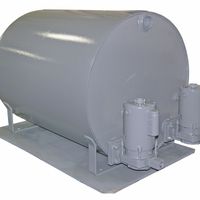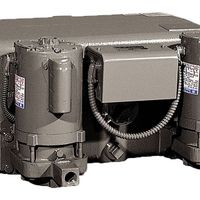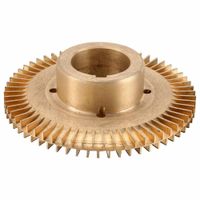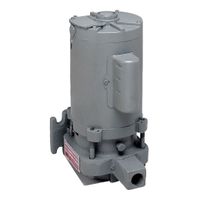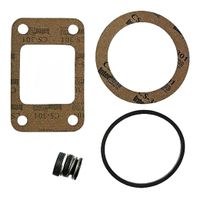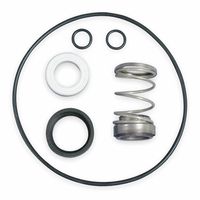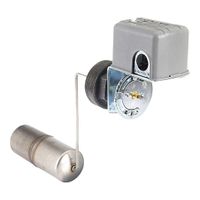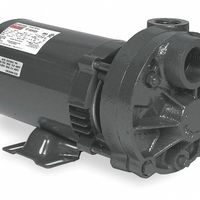Condensate Return, Boiler Feed & Turbine Pumps
Condensate return and boiler feed systems both function to return condensate to the boiler when gravity drainage is not an option. Condensate return systems collect condensation generated in a large system and pump it back to the boiler. Boiler feed pumps store and monitor the amount of condensate r .....Read More
Frequently Asked Questions
What is the purpose of a condensate return system?
How does a boiler feed system work?
What are the benefits of using a condensate return system?
How do you size a condensate return pump?
What is the difference between a condensate return pump and a boiler feed pump?
How do you maintain a condensate return system?
What are common problems with condensate return systems?
How do you troubleshoot a boiler feed system?
What types of controls are used in condensate return and boiler feed systems?
How often should you replace parts in a condensate return or boiler feed system?
